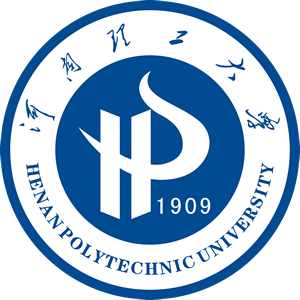
地址: 河南省焦作市高新区世纪路2001号[454000] Tel: 0391-3987069 E-mail: zkxb@hpu.edu.cn,skxb@hpu.edu.cn |

请您访问
|

社会科学版
|
| 供稿: 孟瑞玲 | 时间: 2018-12-05 | 次数: |
作者:孟瑞玲
作者单位:国家开放大学国际语言文化教学部
摘要:通过分析《红楼梦》中完成体标记"了1"的英译,旨在阐释汉英两种语言在时体表征上存在差异的背后认知动因。通过语料调查显示,汉语完成体标记"了1"主要被译为英语的过去时标记"-ed",这一汉英翻译中语法范畴的不对应现象,从一个侧面反映了汉英语言在时空特质上的差异,即汉语时体表征突显的是汉语空间性特质,英语时体表征突显的是英语时间性特质。
DOI:10.16698/j.hpu(social.sciences).1673-9779.2018.03.010
分类号:H315.9;I046
Abstract:Taking for example the translation of le1in the Chinese-English Parallel Corpora of Hong Lou Meng, this paper aims at analyzing the cognitive discrepancies hidden behind Chinese aspect and English tense. The data show that the majority of the Chinese perfective aspect marker le1has been translated as the English past tense marker-ed. The non-equivalence in translation has reflected the differences between Chinese and English in respect of time and space: due to the spatiality of Chinese, aspect is prominent in Chinese grammar, while tense is obvious in English attributed to the temporality of English.